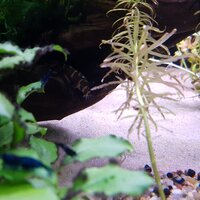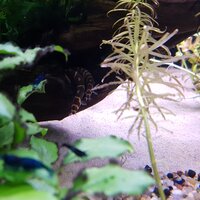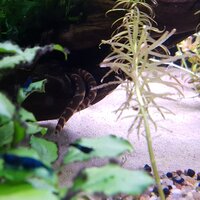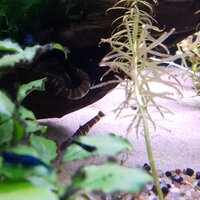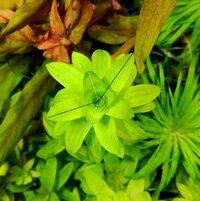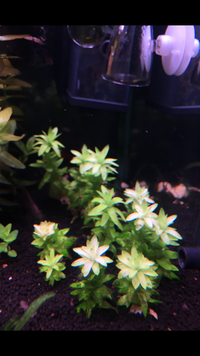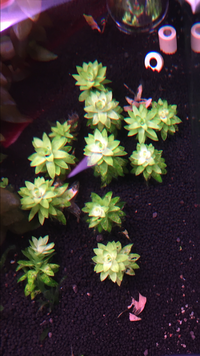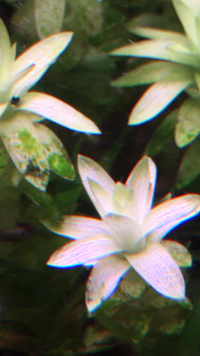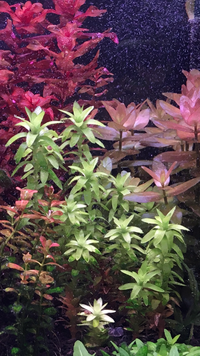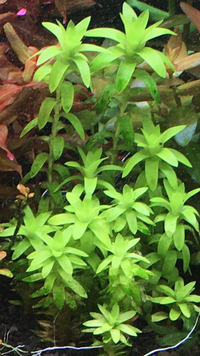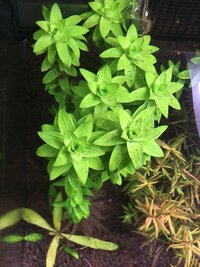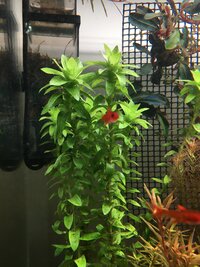"Empty" tank

with some relocated plants
Dont mind the floating Cryptocoryne, its going traveling tomorrow 😊
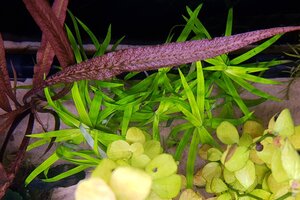
Stargrass still at ~75% green, im very keen to see the outcome over the coming week if it improves or not with the new micro mix.
Im really hoping it improves, that will mean I have the faintest clue what is going on, otherwise im going to have to start from scratch again 😵
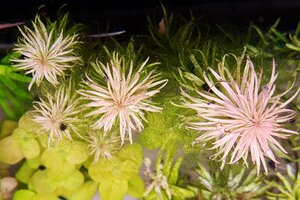
Pantanals got pulled out of the Aquasoil pot and moved to the back wall, and they DIDNT stunt just from moving, which might sound pitiful to some but this is a record for my setup, pretty pleased with that

One step closer to growing like a weed

They still look hungry AF or something of the sort, and you can see they have a lot of slimy thread algae on old growth. No coincidence this.
The other quick growing plant species that are doing well at the moment are virtually algae free, while those that are not so happy like the Pantanal still have a lot of thread algae.
I assume that its either a case of the plant not being able to defend those leaves, or that the plant is withdrawing stuff or leaking stuff from those leaves that cause the thread algae to grow there.
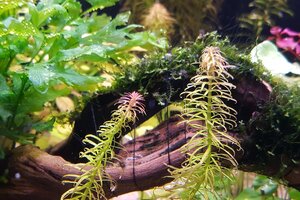
Even the two stunted tops I left behind in the Aquasoil are coming around now that their pushy brothers moved away.
Definitely seems like the tank has crossed over from "untenable" to "almost ok" territory for Pantanals.
Right now my tank contains many species of Ludwigia and just one species of Ammannia, so if it comes down to it and I have to pick, then I may have to go for conditions that the hungry Ludwigias find favorable.
I havent given up on Ammannia pedicellata Golden yet, but right now it is taking a back seat while I work on getting the all other plants happy.
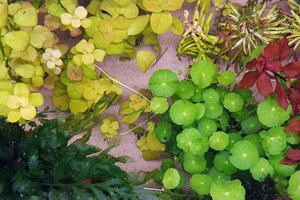
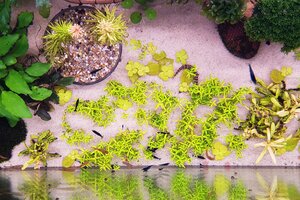
Excuse the mess of Ludwigia sp. Marilia all over the tank, im trying to propagate more of this plant as quickly as I can.
Baby invitro H'ra is coming around, slowly.. The shoots have H'ra form now and some kind of color, but they are still super small.
I remember the OJ and Pink/Rosa also took what felt like an eternity to gain full size from the invitro cups.
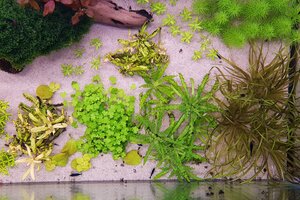
From left to right, pitiful Golden 😅 and newly trimmed trio of mid size plants. I think the Blyxa will like this corner better, a bit less light than the center of the tank.
The crypts have been moved away from here, too much light here for them.
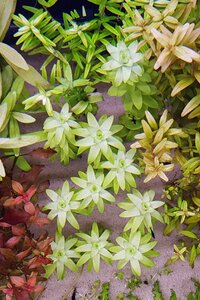
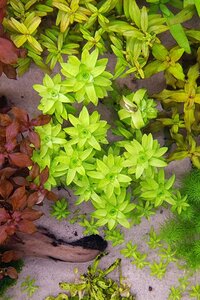
Left side two weeks ago, right side today. Might not be all the way there yet but much much better aint it 😍
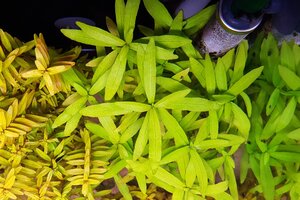
Polysperma also stuck at ~75% green
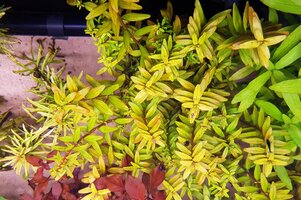
Rotala rotundifolia "Orange Juice" took offense at something after the last trim and replant, not sure what.
Some mild stunting and curling of the tops. Not losing any sleep over it unless it keeps happening.
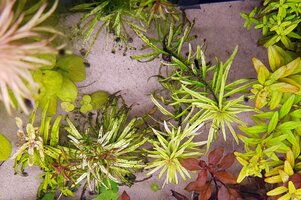
Two of the Cuba stems are looking ok although small, while the other two stems are.. uh.. trying their best 🤭
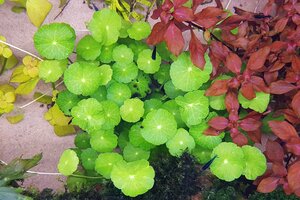
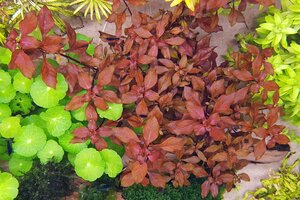
No stunting of the Super Red this time

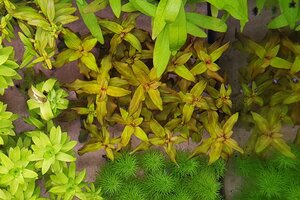
R. mac has had a similar "err what" moment as the OJ.
The Myriophyllum sp. Guyana at the bottom of this picture needs to receive some sort of medal for "Least f**ks given" or something.
This plant seems entirely oblivious to any nutrient issue or anything else going on with the tank, its just growing without any care in the world.
A definite 10/10 if you need something bombproof that doesnt grow fast.




 For now I hope you will enjoy this small montage of fat noodles falling out of a hole in the wood. It was dinner-o-clock
For now I hope you will enjoy this small montage of fat noodles falling out of a hole in the wood. It was dinner-o-clock